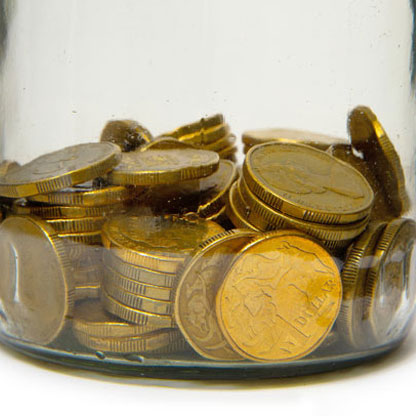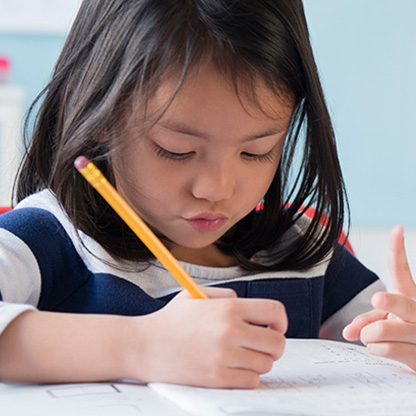Here are 10 ways to teach preschool and primary school-aged children about money:
Introduce basic money concepts
1. What money is: What coins and notes look like, what they’re called and that they’re different (and why). Use actual coins and notes in games you play together so your child starts recognising them – it’s a good intro to their value too.
2. You use money to buy things: This becomes more meaningful when you give your child the money to hand over to the checkout assistant during a shopping trip. In our increasingly cashless society, it’s really important for children to ‘see’ money being exchanged. It helps them understand they don’t get something for nothing.
3. You often have to wait before you buy something: Patience and waiting – two things most young children struggle with. When it comes to money though, it’s important that children begin to realise they can’t always buy what they want, when they want. Sometimes they have to save, and that takes time.
4. You get money by working: The first step in children understanding the value of money is teaching them that it doesn’t simply appear. Explaining how you earn money, by going out to work for example, is a great starting point.
5. Money should be kept somewhere safe: Set up a bank account with your child and talk about money needing to be kept secure.
Everyday financial activities
6. Earning money: You may want to consider giving your child pocket money, potentially as a reward for completing chores or other tasks. It helps them realise that they need to earn money rather than expecting it to be handed to them.
7. Saving up is important: Setting a savings goal for something they really want encourages children to cut down spontaneous spending in favour of sensible saving. Help your child figure out how long it will take them to save for something. It’s a great motivation to help them work towards their goal.
8. Different ways to pay for things: Cash isn’t always exchanged when something is purchased, and children need to be aware of this. So when you next use Tap & Pay, or download an app in front of your child, explain what’s happening. It'll help them better understand how to use credit and debit cards when they have one. Log on to your bank account and show them that the money has gone out of your account as a result.
9. Checking money online and in an app (as well as at a branch): It’s really difficult for children to grasp the concept of ‘invisible’ money and its value. Seeing what happens to money in your bank account before and after something’s been paid for really helps.
10. ATMs and how they work: Explain how you need a bank card and a PIN (that you keep secret) to withdraw money, and that you can also deposit money and check how much money’s in your account at an ATM.




